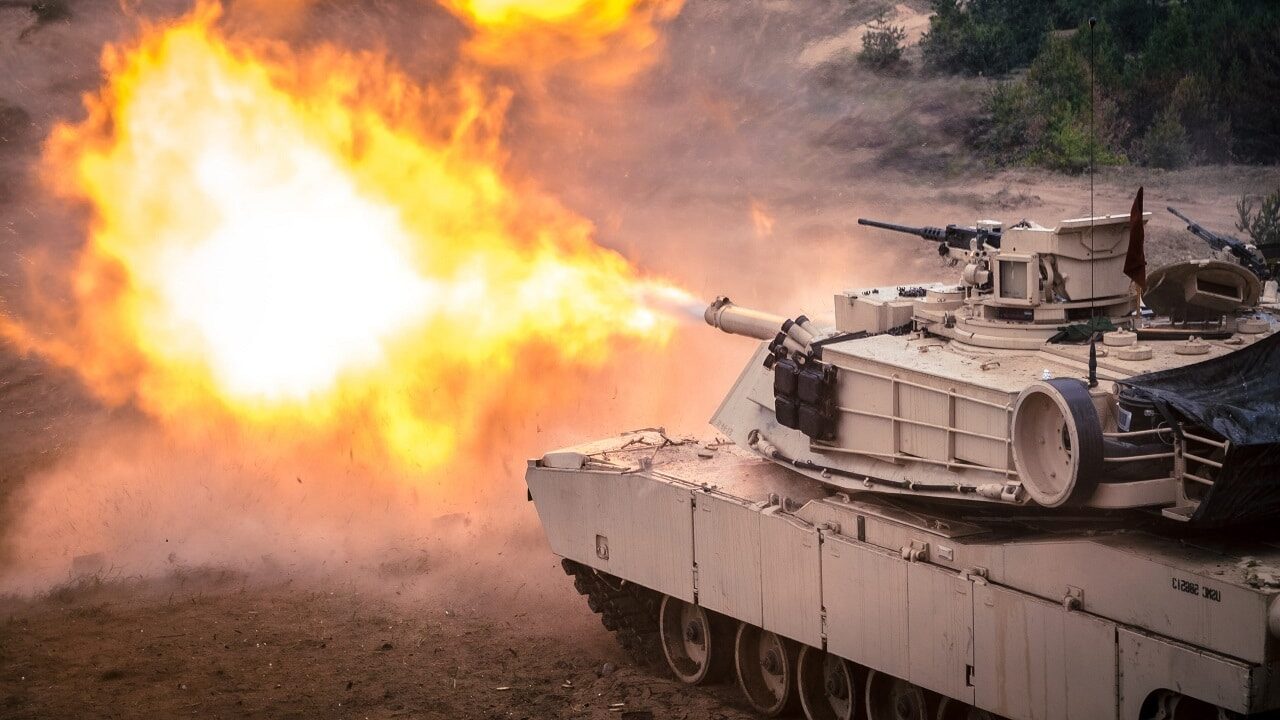Andrew A. Michta

Ukraine: The Next Phase of this War Will Unfold in the West – The recent incident in which a Ukrainian anti-missile rocket aimed at an incoming Russian rocket volley fell into the rural eastern Polish village of Przewodów, killing two farmers, brought home with renewed urgency the fact that the war in Ukraine can at any time escalate into a wider conflict, especially if Putin decides to target NATO territory along the flank.
The Ukraine War Touches Poland
The response from the alliance was swift, with Polish President Andrzej Duda reaching out to President Joe Biden and other critical leaders for consultation as the crisis unfolded. The very nature of the incident, which for a brief period of time until it was determined not to be a Russian attack on Poland, raised the prospect that NATO’s Article V could be invoked.
On that day, Ukraine was subjected to the most brutal Russian attack against civilian infrastructure to date, with around one hundred missiles fired at critical infrastructure targets. (The Ukrainian anti-missile rocket that strayed into Poland was fired to defend a critical interconnector linking the Polish and Ukrainian power grids.) Estimates put the damage Russia has inflicted on Ukraine at over 50% of the country’s critical infrastructure, and counting.
Clearly, the Russians – having failed to prevail on the battlefield – are determined to make sure that Ukraine is left with no water, electricity, or heat as the winter cold approaches. If any state behavior in wartime should qualify as attempted genocide, it is Russian actions in Ukraine. And yet the best the European Union seems to have been able to deliver so far is a vote in the EU parliament declaring Russia a state-sponsor of terrorism – a resolution perhaps rich on symbolism but with no concrete impact on what goes on in this war.
THE WINTER WAR
After Russia’s initial failed “blitzkrieg” strategy, followed by its again unsuccessful long-range artillery barrage-cum-armor and infantry assaults, with Ukraine’s spectacular counteroffensive potentially running out of steam, the war in Ukraine appears to be entering its fourth phase this winter.
Putin is attacking Ukraine, but the battlefield is also now firmly in the West. The missile incident in Poland has driven home the message that unless NATO provides Ukraine with more robust anti-missile capability, aircraft and especially long-range weapons that would allow its military to strike at the source, the risk of a wider war that could pull in NATO will continue to grow.
The missile incident in Poland should force the debate away from talk of “freezing” the conflict to the realization in Western capitals that the success of any peace deal down the line hinges on their support to Ukraine, especially weapons that would allow the Ukrainian military to strike at Russian missile launchers and aircraft on their territory, offsetting at least some of the advantage Putin’s military has enjoyed.
Still, the rocket incident is unlikely to stiffen the democracies’ resolve to do what is necessary to help Ukraine win, for their reaction to it showed both determination to continue in some European capitals, but also timidity in others.
HOW TO KEEP THE UKRAINE WAR IN UKRAINE
The Przewodów incident has also demonstrated that while the West has sought to keep the war in Ukraine contained, such an approach may only be possible if Ukraine is given the requisite offensive capabilities to even out the odds.
As things stand, Russia continues to enjoy a unidirectional advantage, where the fighting and, most importantly, the suffering of the civilian population is taking place overwhelmingly in Ukraine and by Ukrainians.
In reality, if we are to have reasonable expectations that the Russians may eventually recognize and acknowledge that victory in Ukraine is simply unattainable, this will have to be the result of a cost-benefit calculus, whereby the expenditure of resources to continue pursuing Putin’s neo-imperial folly is coupled with even more significant Russian losses on the battlefield and finally some real pain at home.
WHAT HAPPENS NEXT?
The fourth phase of the Ukraine war that has just begun will see continued battles in the North, East and South, with both the Ukrainians and the Russians launching renewed attacks in an effort to score a breakthrough on the battlefield.
In this phase, the Schwerpunkt of this conflict will now be more than ever before in the West, testing the pain threshold of democracies as the opportunity cost – whether in terms of the creature comforts of its citizenry or lost corporate profits – begins to bite.
The current Western approach to providing Ukraine with weapons and support to allow it to stay in the fight and even score significant operational wins is not enough to allow Kyiv to achieve victory at a strategic level. But we continue to signal that each step the West takes in supplying Ukraine with military assistance is yet again an example of a “calibrated response” that should – as increasingly seems to be the conversation in Western capitals – bring Russia to the negotiating table.
We seem unwilling to accept the reality that Russian losses, though severe, are not yet seen in Moscow as crippling. For Putin and his cronies, the cost of pursuing the current strategy rests on the calculus that Western determination to back Ukraine will waver with each passing winter month. The fourth phase of this conflict is now firmly about the “Western front,” and what the governments in the European capitals decide to do or not to do will shape the final outcome.
No comments:
Post a Comment